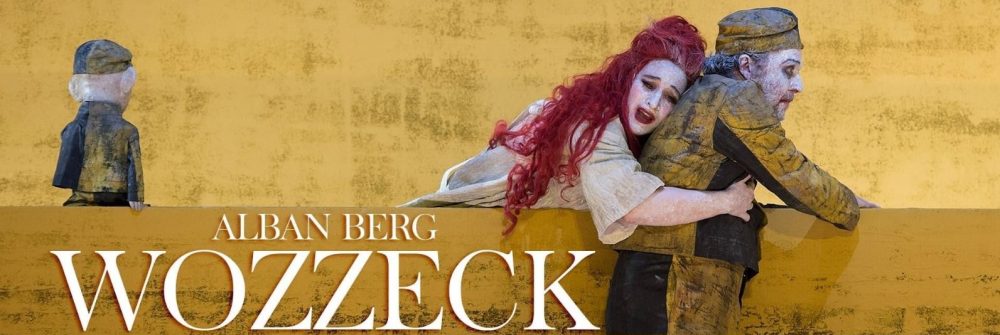At the Louvre, Paris, for the spectacular exhibition of the works of Leonardo da Vinci on the five-hundredth anniversary of his death. Although Leonardo was born in Italy in 1452, he died in Amboise in the Loire Valley, France in 1519, where he was in the service of Francis I, King of France.
The exhibition was presented chronologically, beginning with exquisite drapery studies drawn during Leonardo’s apprenticeship in the workshop of Andrea del Verrocchio, and then followed his career from Florence to Milan to Rome and finally to France.
Whilst there are a limited number of paintings by Leonardo, the exhibition used other means to fill out his story. For example, infrared reflectograms and preliminary drawings allowed the process of his artistic technique to be examined. However, it was the inclusion of amazing notebooks such as the Codex Leicester and Manuscript B, with drawings and text in Leonardo’s hand, which best illustrate his extraordinary talents – with their designs for a helicopter and a tank, studies of the bones and muscles of the human body, drawings from the natural world and the findings of his scientific experiments.

Leonardo da Vinci ‘Benois Madonna’ (c.1480 – 82)

Leonardo da Vinci ‘Saint Jerome in the Wilderness’ (1480 – 90)

Leonardo da Vinci ‘Portrait of a Musician’ (c.1483 – 90)

Leonardo da Vinci ‘Virgin of the Rocks’ (c.1483 – 94)

Leonardo da Vinci ‘Manuscrit B’ (c.1487 – 89)

Leonardo da Vinci ‘Vitruvian Man’ (c.1490)

Leonardo da Vinci ‘La Belle Ferronniere’ (1490 – 97)

Leonardo da Vinci ‘The Virgin and Child with Saint Anne’ (c.1503 – 19)

Leonardo da Vinci ‘Codex Leicester’ (1506 – 10)

Leonardo da Vinci ‘Saint John the Baptist’ (c.1508 – 19)

























